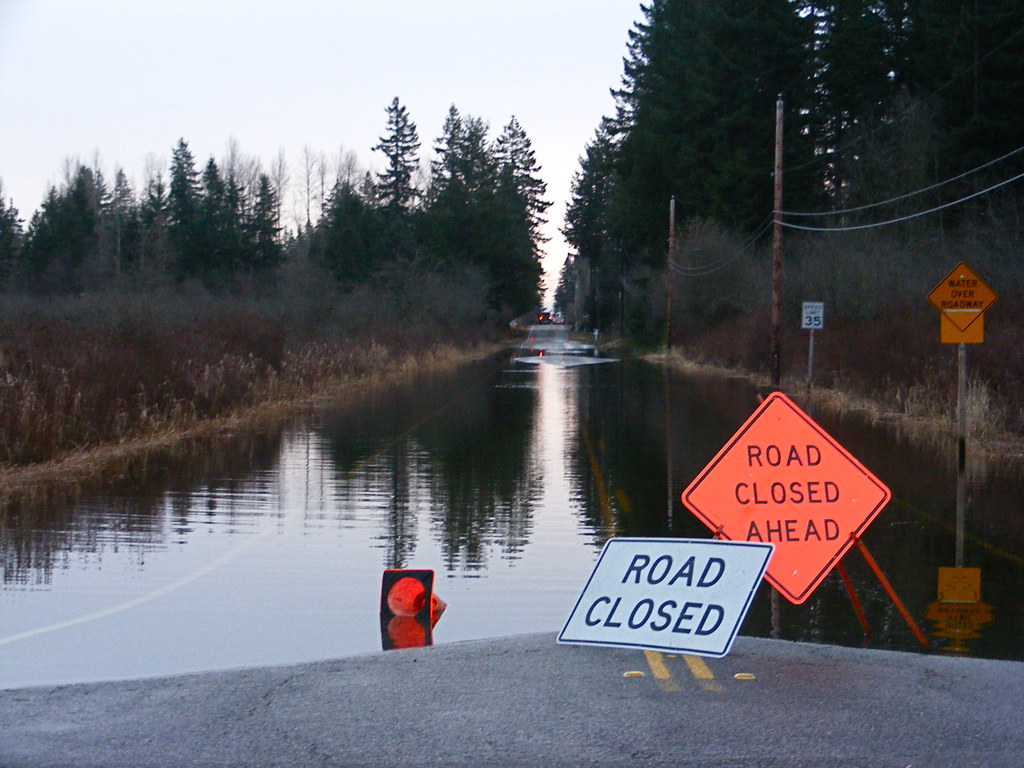Key Takeaways:
– Despite recent rainfall, New York City and downstate area still struggle with significant drought.
– The city’s water supply reservoirs are under 60 percent versus normal levels of 80 percent.
– Water-saving repairs halted due to drought as city grapples with water wastage due to leaky infrastructure.
– Major cities across the state report staggering losses in water due to leaky systems.
– Experts debate actual water loss figures and point out lack of standardized accounting.
– Improved leak tracking and repair could save money, conserve water and reduce carbon emissions.
The Forgotten Water Loss
After a two-month dry spell, rain finally made a welcome return to New York City, yet, it has not been enough. A drought continues to clutch the downstate area with the city’s key reservoirs languishing under the 60 percent filled level compared to the usual 80 percent fill line.
Predictions point towards this fall potentially being the second or third-driest since records began. Alarm bells are ringing, with emergency management indicating that a ‘drought emergency’, stirring mandatory water use restrictions, could be on the horizon unless frequent heavy rainfall is experienced.
NYC’s Leaky Infrastructure
A significant and often overlooked issue is water loss caused by the city’s flawed infrastructure. Last year alone, about 15 percent of all water flowing through the city’s pipes was lost or given away, amounting to a staggering 155 million gallons per day. This water wastage includes system flushing, firefighting, billing issues and, crucially, leaks. Estimates point towards a significant 35 million gallons per day leaking from just one section of the city’s main aqueduct.
Unfortunately, the picture isn’t any brighter elsewhere in the state. Syracuse sells only 40 percent of its treated water while its counterpart in Erie County and the Mohawk Valley Water Authority each lose about half of their treated water. Despite state-mandated reporting, Buffalo Water skirts around disclosing its loss figures, further aggravating the concern.
Old Contributing to the New Problem
One major contributor to the massive water loss is the state’s aging water infrastructure, one of the oldest in the country. Centuries-old pipes lie beneath the city streets, slowly deteriorating. The results are millions of gallons of treated, safe-to-drink water seeping into the ground and lost forever.
The Issue of Reporting and Measurement
Meanwhile, some industry experts question whether the reported losses are as high as claimed. The discrepancies between reported water loss rates might be due to different measurement techniques rather than actual infrastructure issues. Some utilities have outdated meters that might undercount water usage, or they overestimate the volume of distributed water, leading to skewed loss figures.
Identifying Leaks: The Need of the Hour
The road to fixing this issue starts with better identification and measurement of water losses. Proactive measures are being taken by some utilities to find and address the leak sources. However, more efforts are required to standardize this process across all water systems.
Concurrently, there’s a growing call for New York to increase spending in water infrastructure. Advocates are pushing for an improvision in the budget to tackle this growing problem. To them, fixing leaks is not just critical for addressing the water shortage but is also an integral part of addressing climate change.
In Conclusion
The current climate emergency brings water conservation to the forefront of our survival strategies. While leaky systems may not appear as urgent as issues like toxic leaks, their importance in the context of the current droughts and future survival cannot be underestimated. As we face the impact of climate change, the significance of efficient water management will only increase. Consequently, addressing infrastructure issues and investing in water conservation must become a priority for New York, sooner rather than later.
